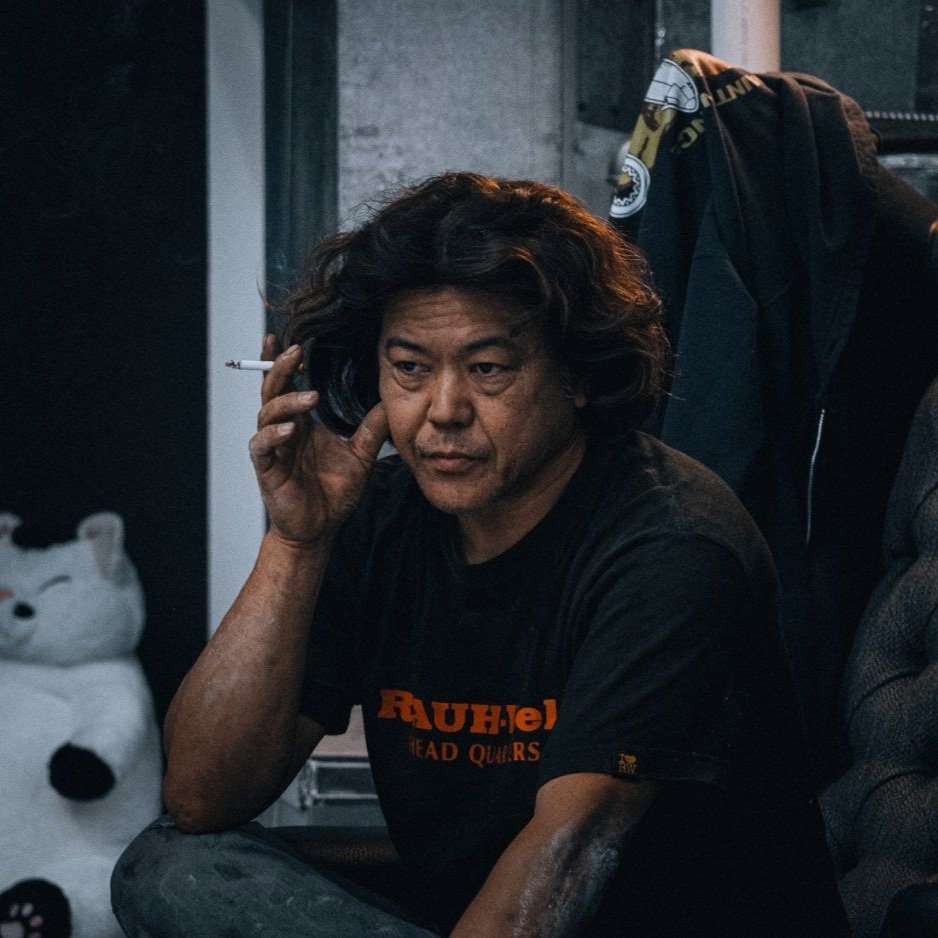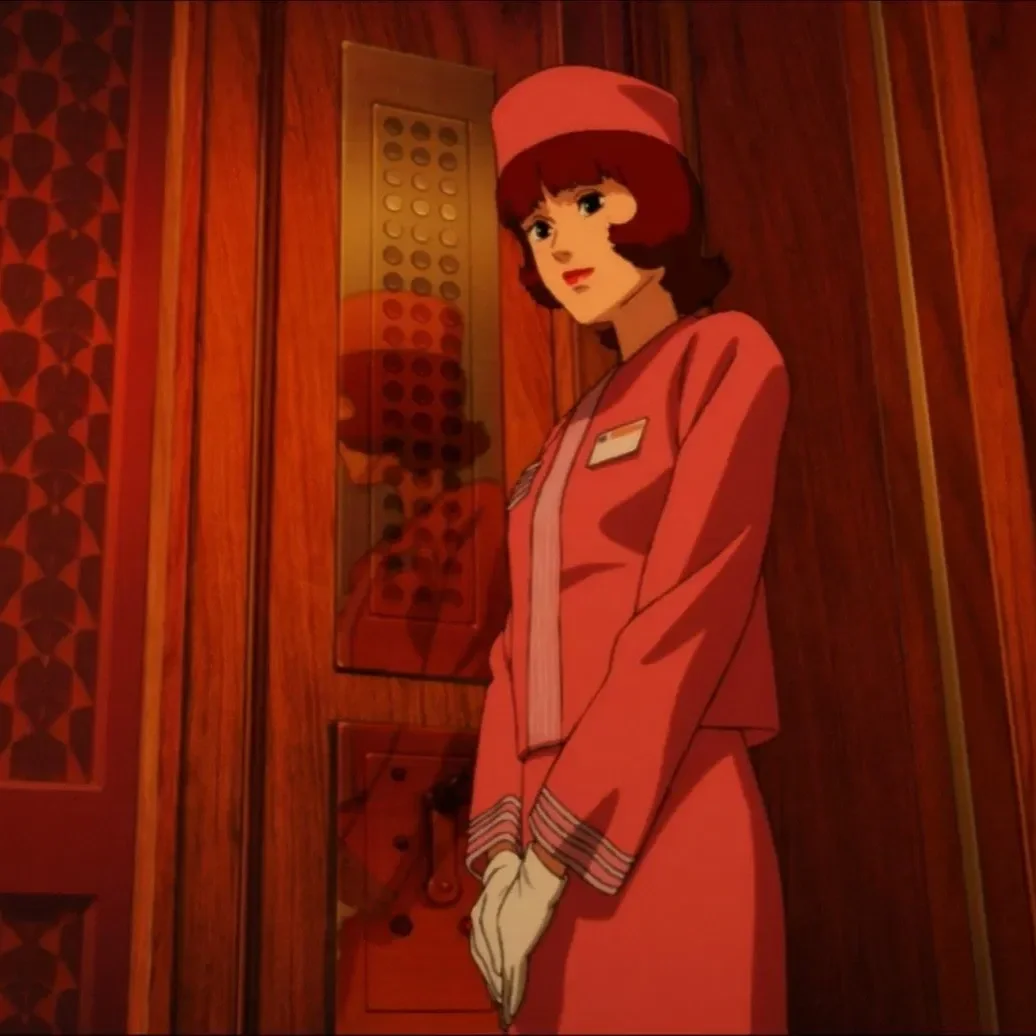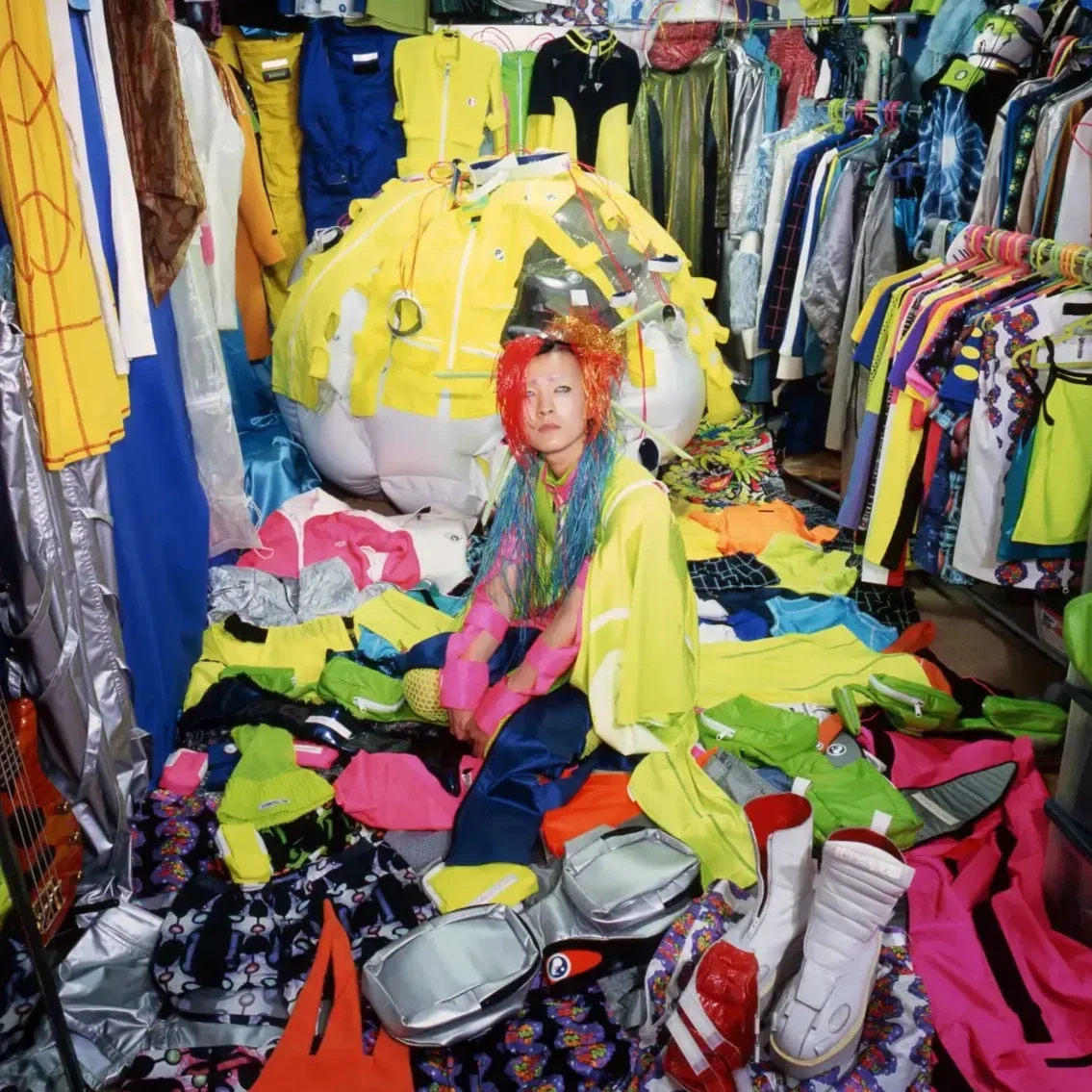The Nujabes Soundtrack that Crossed Cultures - Samurai Champloo
When Samurai Champloo aired in 2004, it arrived with an unusually defined musical vision. Director Shinichirou Watanabe, already known for integrating music as a structural component of storytelling in Cowboy Bebop, set out to build an entirely different sound world. Instead of jazz and big-band instrumentation, this project required hip-hop as the primary cultural framework through which the series was shaped.
Watanabe assembled four producers who represented distinct corners of early-2000s underground hip-hop: Fat Jon, Tsutchie, Force of Nature, and Nujabes. Their work resulted in three official soundtrack albums - Departure, Masta, and Impression - plus a later compilation. Among these, Departure stands as the central contribution to the series’ identity, largely due to Nujabes’ involvement.
Why Champloo Needed This Sound
Unlike Cowboy Bebop, which relied on Yoko Kanno’s orchestration to guide emotional tone, Samurai Champloo was designed around rhythmic structure. Hip-hop’s loops and breaks mirrored the show’s fragmented storytelling and hybrid world. Edo-period Japan was reinterpreted through contemporary visual culture including graffiti and breakbeats.
Watanabe has repeatedly emphasized that music in his work is an organizing principle, not an accessory. Hip-hop, therefore, wasn’t chosen because it was “cool,” but because it offered a logical way to merge episodic storytelling with a modern sense of tempo and attitude. By the early 2000s, Japan already had an established underground hip-hop scene, with venues like Shibuya’s CLUB HARLEM and organizations like Hydeout Productions shaping a local identity distinct from U.S. trends. Champloo tapped into that ecosystem instead than imitating Western rap culture.
While all four producers contributed significantly to the musical texture of Champloo, Nujabes’ material on Departure became the primary point of global entry for the series’ sound. Departure includes the series opening theme Battlecry, featuring Shing02, and its ending theme Shiki no Uta sung by Minmi.
These tracks circulated far beyond the anime community, especially as Nujabes’ reputation grew internationally through online forums, fan-curated uploads, and later the rise of the lo-fi hip-hop aesthetic. The album was released independently of the anime itself, functioning as both soundtrack and standalone producer record. This dual identity only helped broaden its reach: listeners unfamiliar with the show encountered Departure as a hip-hop release first and an anime soundtrack second.
How Shiki no Uta Happened
The collaboration between Minmi and Nujabes is often summarized romantically, but the actual production details are more revealing. Minmi originally selected an existing Nujabes track she wanted to sing over, a request he rejected due to his strict policy against reusing previously released instrumentals.
Minmi, however, insisted on the idea. According to her OTAQUEST interview, she traveled to Nujabes’ office and presented a clear, pre-structured concept: her own melody, draft lyrics, and a narrative interpretation aligned with Watanabe’s direction. She was prepared to present a case for why the instrumental could support the emotional function of the ending sequence. Only after understanding the depth of her preparation, and the coherence of her vision, did Nujabes permit her to record a demo over the track. This version later evolved, through additional arrangement and mixing sessions, into Shiki no Uta.
Seen from a production standpoint, the story highlights several aspects of Nujabes’ working method. He preferred direct communication over the multi-layered A&R processes typical of commercial music production. He evaluated collaborators based on clarity of intention. And crucially, he treated each composition as a closed system unless a collaborator could demonstrate a compelling conceptual entry point. Minmi provided that entry point by presenting a structured creative rationale.
Nujabes in the studio│© Yosuke Moriya
A Symphony of Samples
One of Nujabes' defining traits was his expert sampling. It reflects his methodical digging across genres from jazz and Bossa Nova, to European library records and 1970s soul. For example:
“The Lamp Is Low” - Laurindo Almeida at 0:26
Appears in “Aruarian Dance”“Here's That Rainy Day” - The Paul Horn Quintet at 0:03
Appears in “Mystline”“Aquarius + Let the Sunshine In” - The 5th Dimension at 0:04
Appears in ‘1st Samurai’
His process involved long sessions in Tokyo record shops, particularly in Shibuya, where he developed close working relationships with curators, including Toru Hashimoto. Hashimoto recalls Nujabes’ precision: he would spend hours searching for a single harmonic texture or drum break that matched the emotional frame he envisioned. This meticulousness is part of why Departure feels unified despite featuring multiple artists across the soundtrack project.
Cultural Impact Beyond Anime
Champloo’s influence is frequently described in broad aesthetic terms, but the more measurable impact lies in two areas:
1. Lo-fi Hip-Hop’s Development
Long before “lo-fi hip-hop” became a YouTube category, Nujabes’ approach of soft drums, jazz chords, and loop-driven structures, was circulating through a network of independent producers globally. When lo-fi gained momentum in the 2010s, Nujabes’ Champloo-era material became canon, cited repeatedly in interviews, playlists, and production tutorials.
2. Cross-Cultural Introduction to Japanese Hip-Hop
For many international viewers, Champloo was their first exposure to Japan’s underground hip-hop scene. Watanabe consciously framed the show as a cultural bridge. The series aired on platforms that reached Western audiences during a transitional era when anime distribution was shifting from DVDs to early digital formats, increasing accessibility.
Champloo’s soundtrack albums were also released separately in Japan, allowing music listeners with no interest in anime to encounter the material. This dual consumption path (anime → music, or music → anime) helped the project circulate outside its expected audience.
Nujabes’ Broader Legacy
Nujabes’ later albums, Modal Soul (2005) and Spiritual State (released posthumously in 2011), further established his standing within global instrumental hip-hop. These works continue to shape producers today due to their clear compositional structure: minimal but intentional beat design, recognizable sample sources, and emotional accessibility that never veers into sentimentality.
His impact is also notable because his career ended abruptly. Nujabes passed away in 2010 at age 36, leaving a relatively small catalog that was carefully curated and tightly protected. The scarcity of official releases and his absence from mainstream media added to the sustained interest in his work, but the durability of his influence comes from the music itself, not the mythology around him.
Samurai Champloo demonstrated that a soundtrack could operate as a parallel creative work rather than a supporting element. Through Nujabes’, Fat Jon’s, Tsutchie’s, and Force of Nature’s contributions, the series established a template for integrating hip-hop into animation with technical and cultural intention.
Departure, in particular, became a foundational text for a generation of producers and listeners, bridging anime, hip-hop, and internet music culture in a way that still shapes the landscape today.
Nujabes’ work endures not because of nostalgia, but because his approach ofcprecise sampling, clear musical logic, and rigorous editing, which continues to influence how artists think about instrumental hip-hop. Champloo’s soundtrack remains a definitive example of how music can expand the meaning of a visual work, and how a single project can recalibrate cultural exchange on a global scale.









Tokyo’s outsider spirit, Blue Spring, and emotion stitched into Elsewhere.